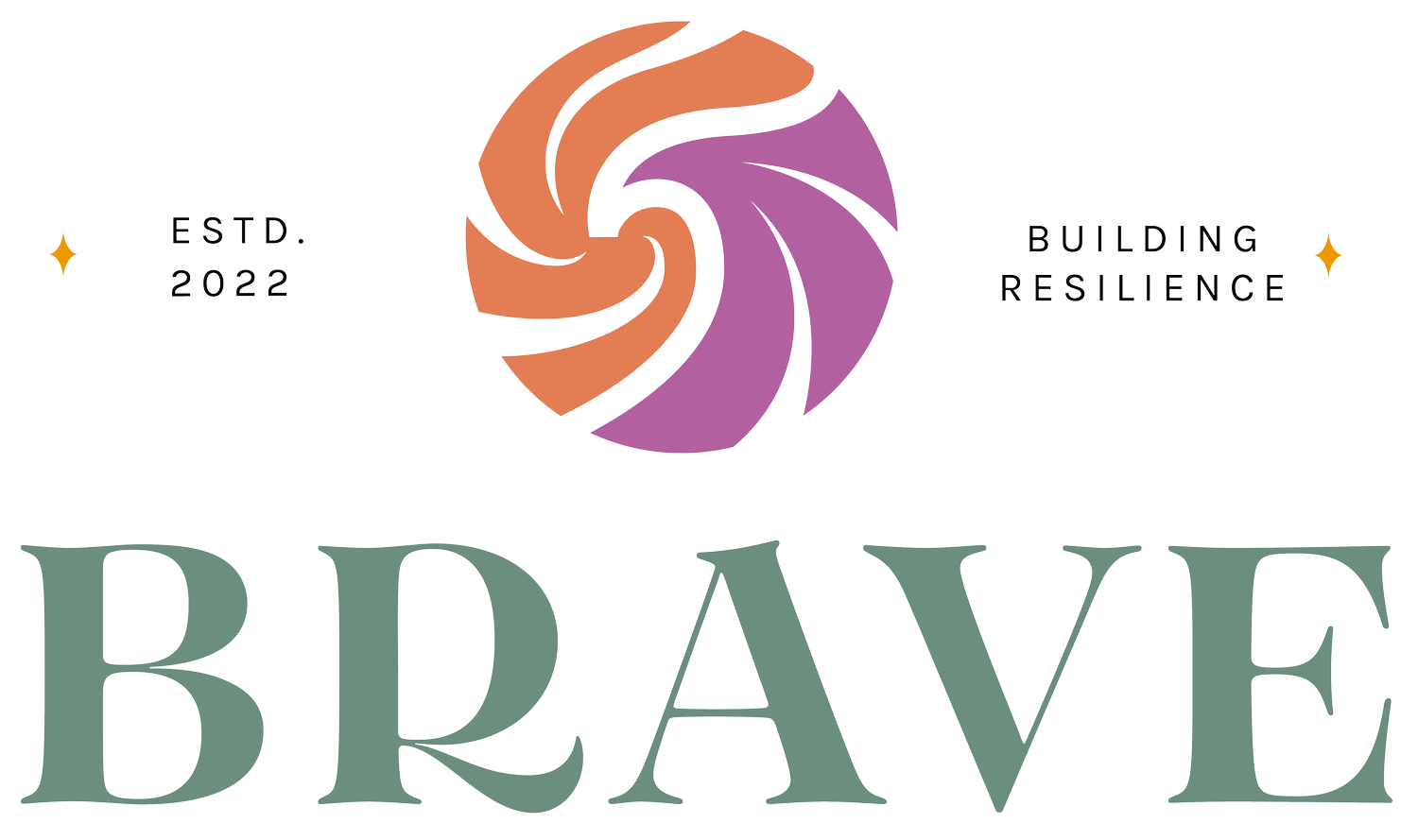Therapist Boundaries: Beyond Rules and Toward Humanity
A Rainy Encounter That Changed Everything
We are taught to vanish if we see a client in public. To duck down the grocery aisle, avoid eye contact, pretend we didn’t exist and many of us have carried into our practice.
But what if it didn’t have to be that way…?
A few weeks ago, sweaty from hot yoga and caught in the rain on my way to brunch, I ran into the parents of a client I treated almost ten years ago. For a split second, my brain screamed: Look away. Pretend you don’t see them. But instead, I smiled, hugged, and listened as they joyfully shared how their daughter is now thriving as a 19-year-old studying abroad.
It wasn’t a privacy or ethics violation. It was a reminder that boundaries don’t have to erase our humanity.
Why Boundaries Feel Messy
If you’ve ever asked yourself: Am I too rigid? Did I just cross a line? What if my supervisor would disapprove? Am I going to get in trouble? You are not alone.
We’ve been trained to treat boundaries as rigid walls. But real life and human-first therapy don’t fit neatly into those boxes.
Boundaries are necessary, of course, but they don’t have to strip away your humanity. In fact, the more human you are, the steadier your boundaries can become.
Rethinking Boundaries as Living Practices
I like to think of boundaries in three broad categories. They’re not rigid rules but living practices that shift depending on context, values, and the needs of both therapist and client.
Content Boundaries: Taking a Stance Without Losing the Client
Content boundaries are about what you will, and won’t, engage with in session.
For example, when a client expresses harmful or violent beliefs, you don’t have to collude with that. Naming a limit might sound like: “I hear how strongly you feel about this. I need to be clear that I can’t support violence against others.”
These are hard moments. You may feel pressure to stay “neutral,” but neutrality is itself a stance. Content boundaries give you a way to protect safety and integrity without making the session about you.
Try This: Next time you feel discomfort rising in session, pause and ask: What boundary is being nudged here? What is mine to hold? Practicing one or two phrases you’d actually use can help you feel grounded when these moments come up.
Disclosure Boundaries: Choosing What to Share
In that rainy encounter, I said: “Heads up, I’m sweaty from yoga.” A tiny disclosure that was human, real, and safe.
Self-disclosure isn’t an all-or-nothing rule. It’s about discernment: Does this serve the client? Does it feel safe and aligned for me? Does it strengthen connection without blurring roles?
Reflection Exercise: Write down three disclosures you’ve shared in session. For each, ask yourself: Why did I share it? What impact did it have? Would I make the same choice again? Noticing your own patterns can clarify your comfort and values.
Life-as-Human Boundaries: The Messy Middle
Then there are the encounters outside the office, in the grocery store, yoga studio, or school pick-up line.
Old training said: Hide. Pretend you don’t exist.
But the human-first model says that if it feels safe and authentic, you can respond to your client as a person. Sometimes that looks like a quick wave. Other times, it’s a hug in the rain.
Scenario Practice: Picture where you’re most likely to see clients in your daily life. If they initiate contact, how would you want to respond? Write out one authentic but professional response you could lean on in the moment.
These moments don’t diminish professionalism. They remind everyone involved that you’re human too.
Boundaries as Ripple Effects
That rainy encounter wasn’t just meaningful for me or for the parents, it impacted my sister-in-law, who witnessed it.
Later, she told me how powerful it was to see that interaction and that is the ripple effect of human-first boundaries. They don’t just protect us; they shape how others see therapy, therapists, and the possibility of authentic connection.
Holding the Mess and the Beauty Together
Boundaries are not about disappearing. They are about showing up fully human, clear, steady, and real.
So I invite you to reflect: What’s one boundary that’s felt confusing for you recently? Did it stir up guilt? Or did it surprise you by deepening connection? Write it down. Share it with a peer, a supervisor, or inside a trusted community.
When I shared this story inside BRAVE, members opened up about their own boundary moments: one grieving the end of a meaningful therapy relationship, another in awe after using Brainspotting for the first time.
These aren’t conversations you’ll find in a training manual but they are the ones that sustain us.
Sadly, most of us wait until we’re already burned out, questioning if we can even keep doing this work, before we realize how desperately we need a community that gets it.
Don’t wait until you’re ready to jump ship on a career you love.
Inside BRAVE, you’ll find trauma therapists who are talking honestly about the boundaries, the guilt, the grief, and the hope before it breaks us.
That community is here now, and you belong in it.









